dramamine
Well-known member
These are the good old days...
Reminds me immediately of this excellent tune.
Cracker — The Golden Age - YouTube
https://www.youtube.com/watch?v=mQ9sS6VrD-k
These are the good old days...
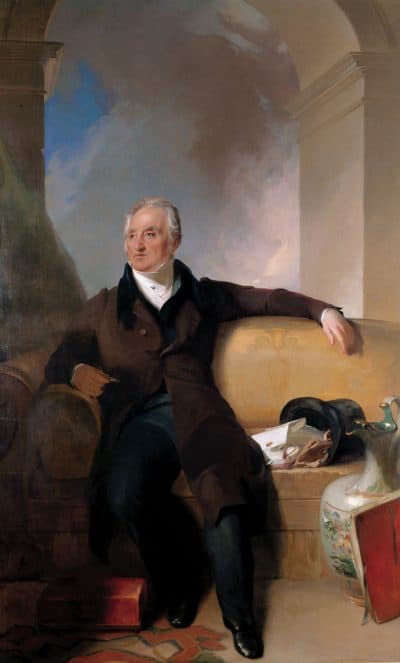 Thomas Perkins portrait, by Thomas Sully (Courtesy Boston Athenæum)
Thomas Perkins portrait, by Thomas Sully (Courtesy Boston Athenæum)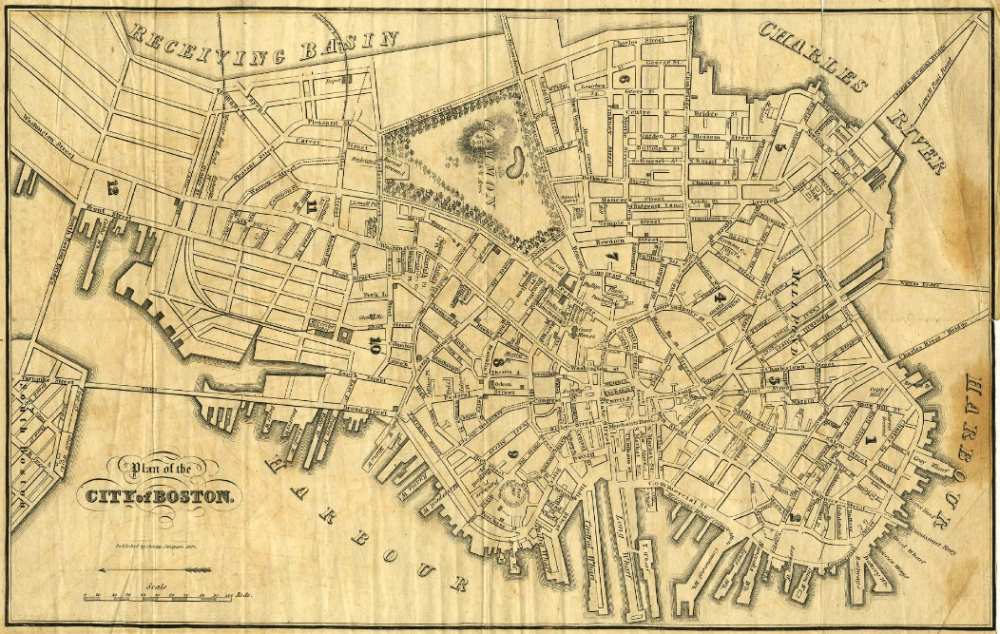 An 1837 plan of the city of Boston by Charles Stimpson (Courtesy of the Cape Ann Museum Library & Archive)
An 1837 plan of the city of Boston by Charles Stimpson (Courtesy of the Cape Ann Museum Library & Archive) Historian Dane Morrison stands in front of Boston's Custom House, where in the 1800s goods from China that had been hauled off ships were weighed on giant scales. (Jesse Costa/WBUR)
Historian Dane Morrison stands in front of Boston's Custom House, where in the 1800s goods from China that had been hauled off ships were weighed on giant scales. (Jesse Costa/WBUR)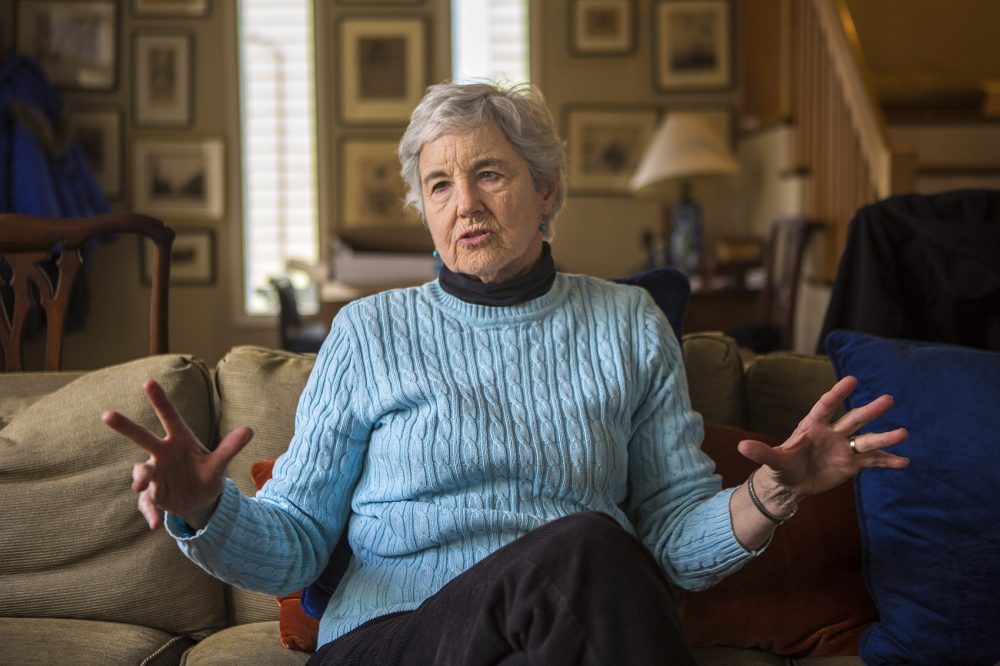 Phyllis Forbes Kerr compiled a book of letters from her great-great-great-grandfather, Robert Bennett Forbes, who was an opium baron. (Jesse Costa/WBUR)
Phyllis Forbes Kerr compiled a book of letters from her great-great-great-grandfather, Robert Bennett Forbes, who was an opium baron. (Jesse Costa/WBUR)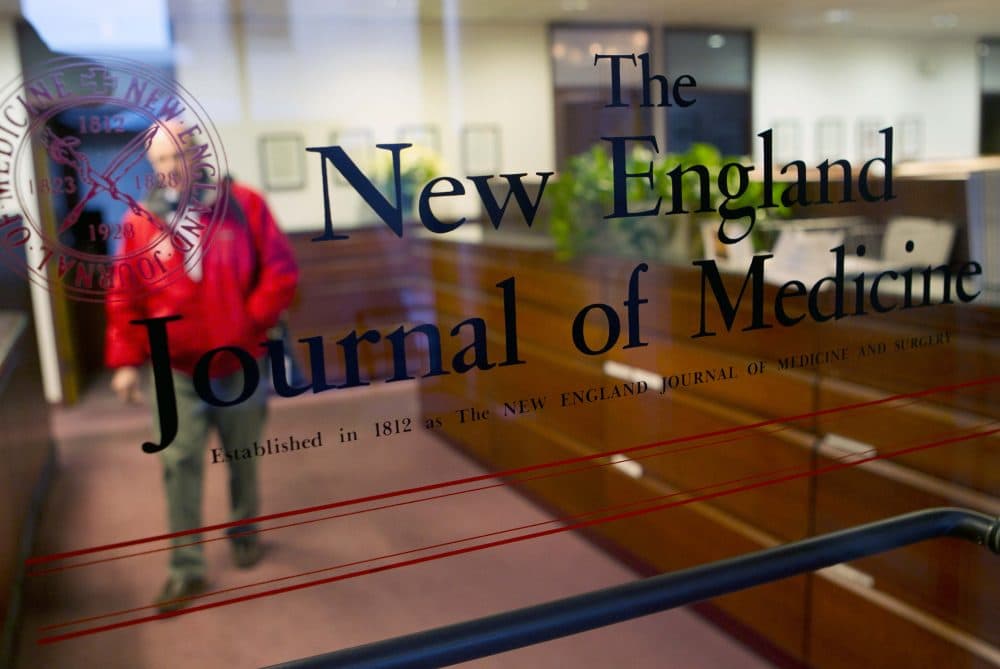 This 2011 photo shows the entrance to the Boston editorial offices of the New England Journal of Medicine -- previously the Boston Medical and Surgical Journal. (Michael Dwyer/AP)
This 2011 photo shows the entrance to the Boston editorial offices of the New England Journal of Medicine -- previously the Boston Medical and Surgical Journal. (Michael Dwyer/AP)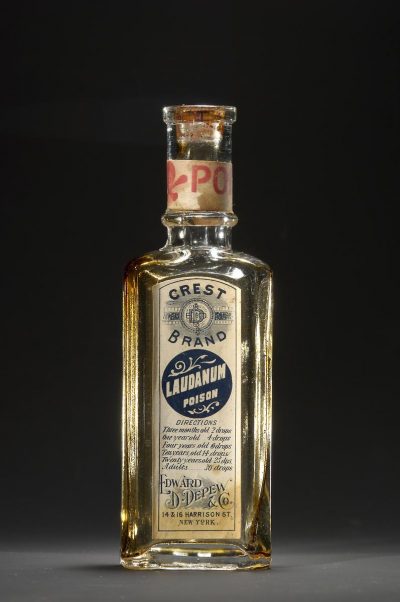 Laudanum was commonly used as a painkiller and a sedative in 19th-century America. (Courtesy U.S. National Library of Medicine)
Laudanum was commonly used as a painkiller and a sedative in 19th-century America. (Courtesy U.S. National Library of Medicine)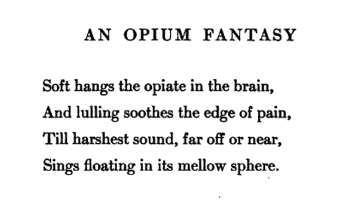
As long as the world keeps subsidizing the dollar by using it as the world savings and trade currency I doubt anyone in Usa be it the far right, center or far left, be it fiscals or judges wont say a peep.
But if the world changes this amazing habit of using the Us dollar as the main world currency from one day to the other, instead of peep you will smell a lot of poop coming from all politicians and all the judiciary
[/QUOTE
When, not if, those days are numbered. Only bank that has never refused it's own note:
The Bank of England. These are the good old days.